How yoga helps you relate to the natural world
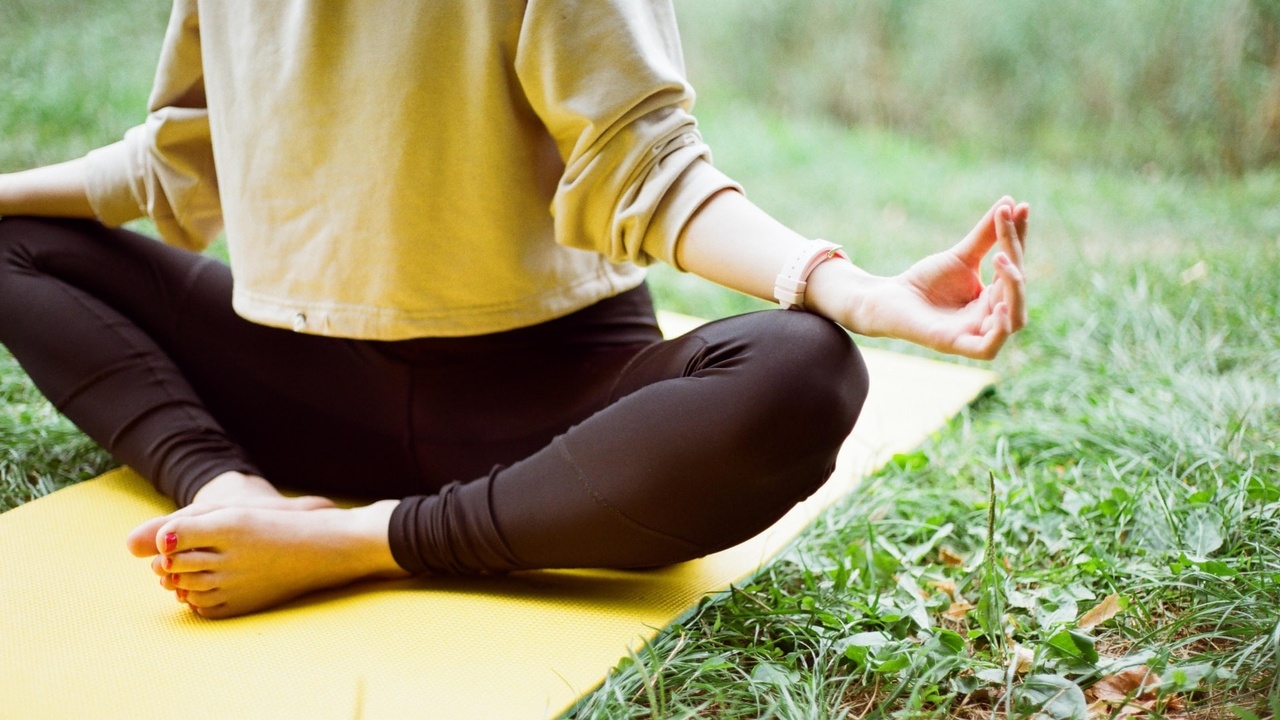
"Yoga makes you harmonious with nature and teaches you to be joyfully curious about your inner world." - Debasish Mridha
Yoga is a mind-body practice that has been around for thousands of years and continues to be a popular method of exercise and wellness today.
And good news, it is not just for the fit and flexible. There is a yoga practice for every body type and ability.
Some physical benefits of practicing yoga include increased flexibility, increased muscle tone and strength, lowered blood pressure, better posture, and improved balance.
These physical benefits are accompanied by many mental benefits as well. Yoga practices often incorporate meditation and breathing exercises in order to reduce stress, increase awareness of your body and movements, aid in sleep, and increase mental clarity.
But even beyond the physical and mental benefits, when we connect deeply with our bodies, we begin to find a new relationship to ourselves and the natural world. Our bodies are made of the organic matter of the earth and we have tangible connections to the earth. yet somehow, we forget about this and by stepping into a more meaningful connection with our physical selves, we also inherently connect to the earth.
There are hundreds of types of yoga practices, meaning that there is a yoga practice out there for everyone no matter your age, size, health concerns, range of mobility, or experience level.
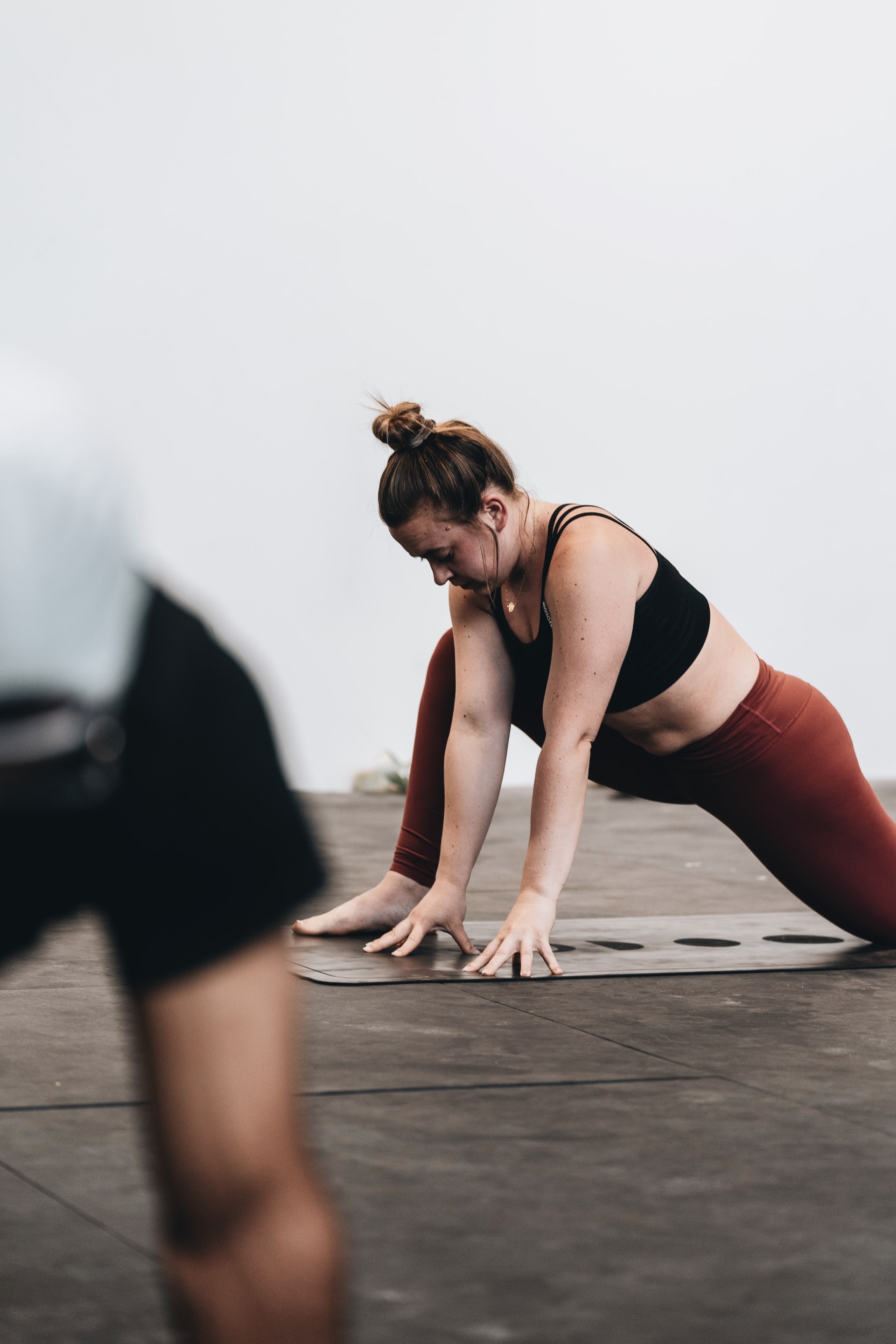
Yoga poses and practices for everyone
One of the most commonly practiced types of yoga focuses on breathing exercises and physical movement. Postures such as mountain (standing or sitting with your shoulders back and focusing on your body’s connection to the earth), can be practiced no matter your age, body size or ability.
Other common posture like warrior one, child’s pose, and downward facing dog may all be modified in order to be more comfortable for your body.
While some forms of modification involve positioning your body in a slightly different way, props such as yoga blocks or cushions are great tools if you are struggling with flexibility or stability issues.
Additionally, yoga may also be practiced while sitting in a chair if that is what works best for your body. Chair yoga is a gentle form of yoga that is useful for those who have trouble transitioning from standing to lying positions due to age or conditions that limit your mobility.
There are also an increasing number of classes that are inclusive to people of all body sizes and abilities as well as classes designed for curvy bodies.
“Yoga is really trying to liberate us from shame about our bodies. To love your body is a very important thing – I think the health of your mind depends on your being able to love your body.” - Rodney Yee
If you are looking for a type of yoga that focuses less on movement and more on relaxation, restorative yoga is a great place to start!
Restorative yoga helps you to relax your body and mind by incorporating few movements and deep stretches.
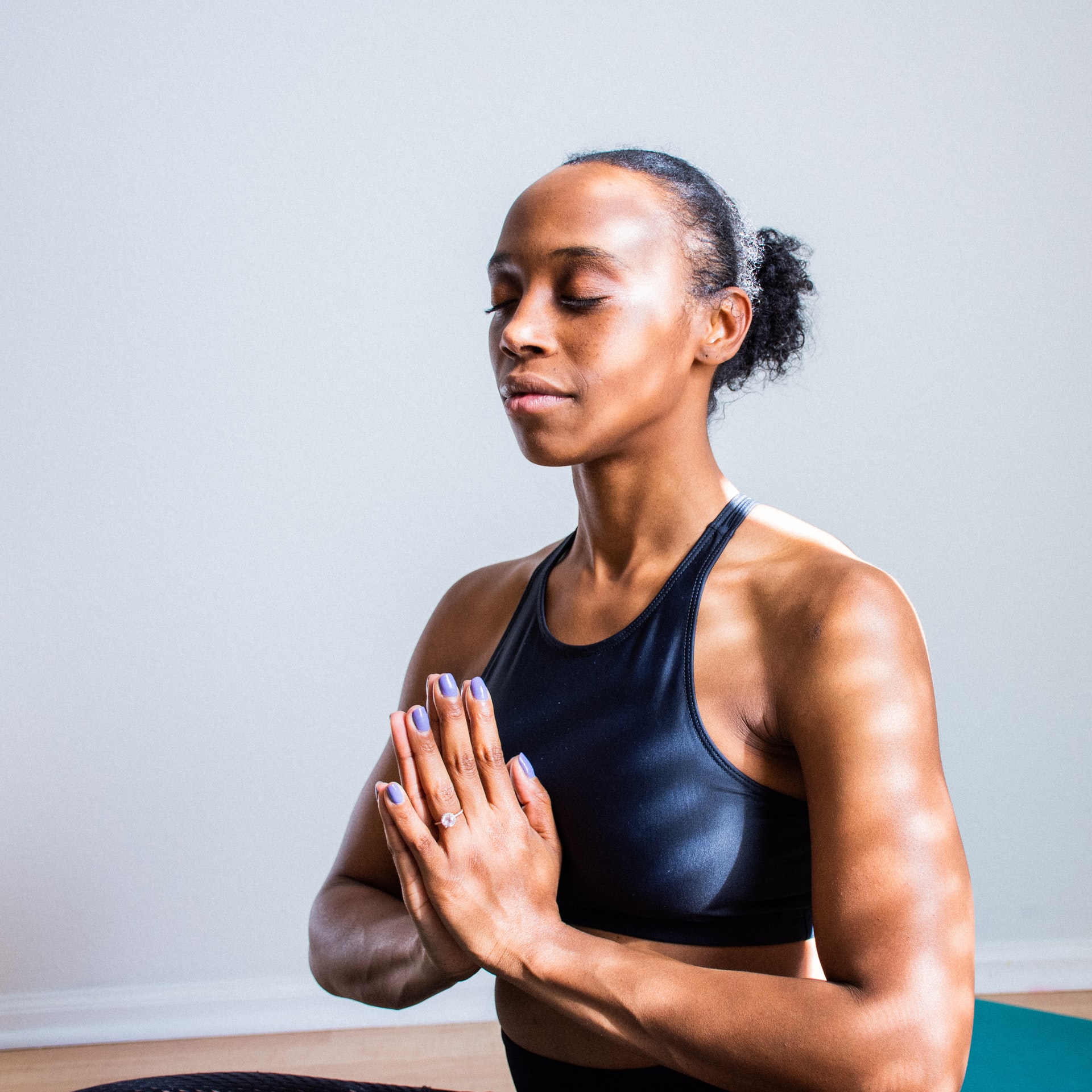
Opposed to tensing and flexing your muscles, the goal of this yoga practice is to loosen your muscles, let your body be supported by props, and enjoy a state of deep relaxation. This type of yoga is especially helpful for those who suffer from anxiety or stress, which will often manifest in tight muscles.
“Yoga is not only a process of the integration of the soul, mind, and body for self-improvement, it is a process of self-realization and self-acceptance.” - Debasish Mridha
Many yoga practices are much more than an exercise class. They are about practicing being aware of our bodies and how we are connected to the universe and to the natural world, physically and spiritually.
This comes through in many of the postures such as 'Mountain" and "Tree" where we see our bodies as an extension of the natural world in recreating what we see in nature. It is a powerful extension of the physical practice of yoga.
A wide variety of yoga practices are available online and in person. Check out yoga studios near you to discover which available classes best suit your needs, interests, and abilities. YouTube is another great resource for finding an instructional yoga video that you can follow along with. With these resources at your fingertips, you’ll be able to seek out yoga routines that work well for your body while helping you to deepen your relationship to nature and your physical being.
How you can take action:
Try out these three well-loved yoga poses!
Mountain Pose
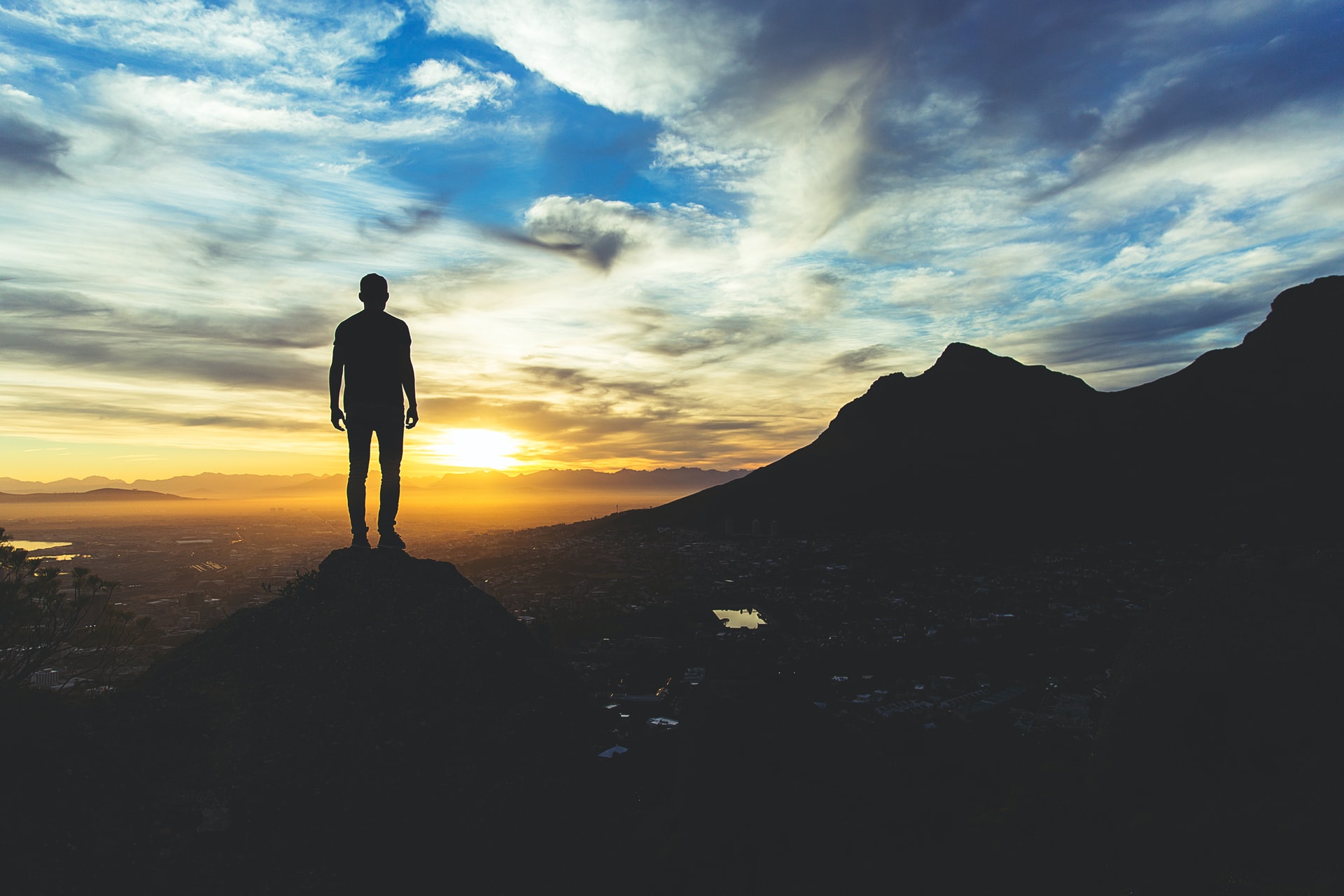
Mountain pose helps to improve posture, alignment, and balance, while actively engaging many of the muscles in your body. Mountain is a foundational pose, as the same muscle movements and alignments are applied to every standing yoga pose.
This pose may often be used to prepare your body to move into the next pose, however, it can also be practiced on its own.
- Stand with your feet together and arms at your side. If you have trouble staying balanced, place your feet a shoulder width apart. You may gradually move your feet closer together as you gain balance in the pose.
- Lift your toes upwards and fan them out as you place them back on the floor, creating a wide base for you to balance upon.
- Draw down through your heels and place your feet firmly into the earth.
- Engage your quadriceps and pull your kneecaps upwards while rotating your thighs gently inwards, widening your sit bones.
- Gently drop your tailbone by tucking it in and aiming towards your heels. Keep your hips even with the centre of your body.
- Draw your belly inwards while shrugging your shoulders upwards and rolling them back to create a straight line. Your shoulders should be in line with your pelvis. Let your palms face forward.
- Elongate your neck, making sure that your chin is not pointed downwards or upwards.
- Check that your ears, shoulders, hips, and ankles are all in one line.
- Hold this pose for up to one minute while breathing evenly.
Tree Pose
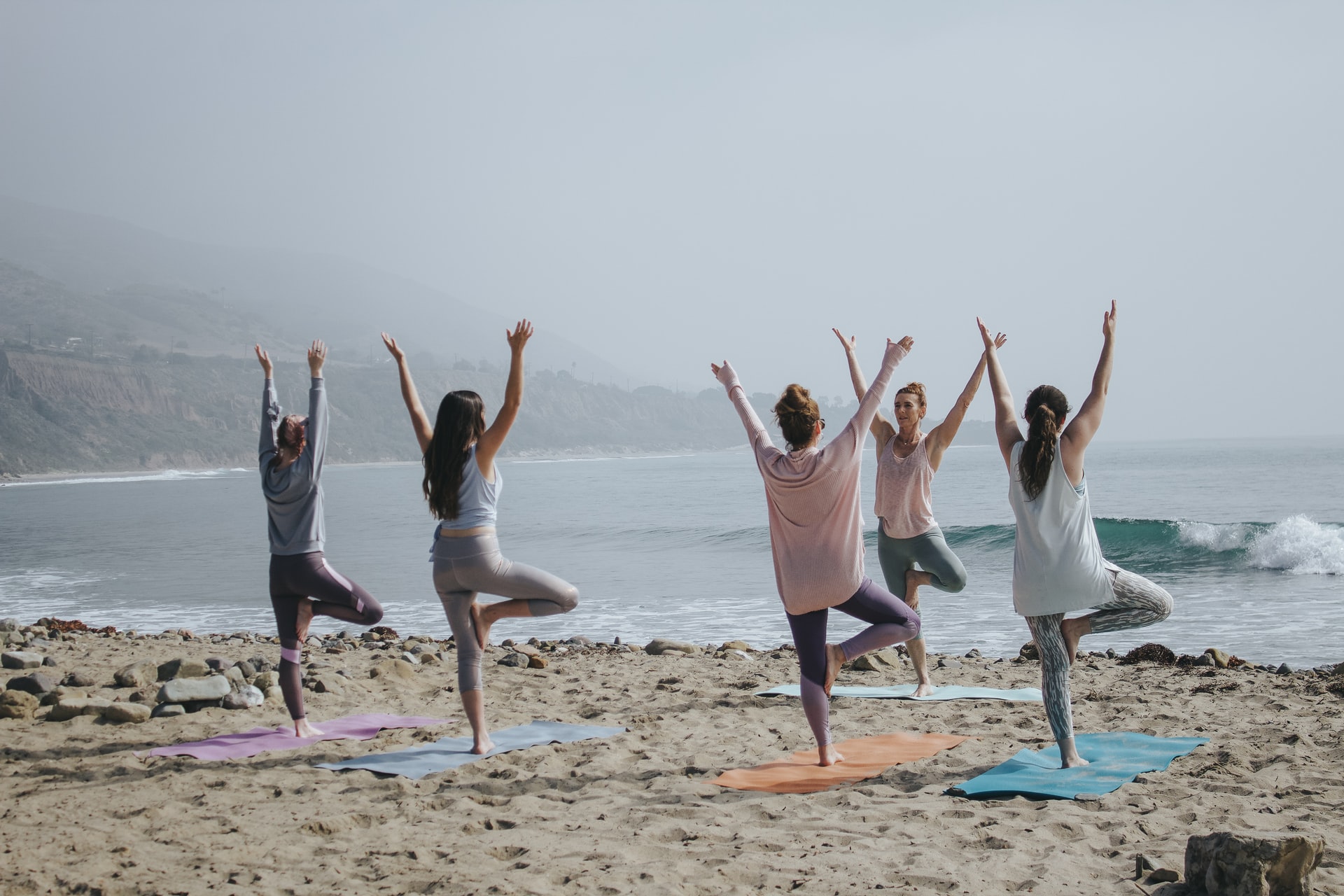
Tree pose helps you improve your strength, balance, coordination, and focus. This pose will help you to stretch your groin, thighs, and shoulders.
- Begin by standing in Mountain pose.
- Shift your weight to your left leg/foot and draw your right knee upwards and towards your chest. You may use your hand to place your right foot against your upper or lower left thigh. Make sure to avoid placing your right foot against your knee.
- If needed, hold on to the back of a chair or lean against a wall for support.
- Press the sole of your right foot and your inner thigh or calf together and gently tuck your tailbone down towards your heel.
- Fix your gaze on something that is unmoving in front of you in order to help you balance.
- Rest your hands on your hips or press your palms together in prayer position at your heart, then reach them up and over your head.
- Hold for up to one minute, then return to mountain pose and repeat the process on the other side.
Child’s Pose
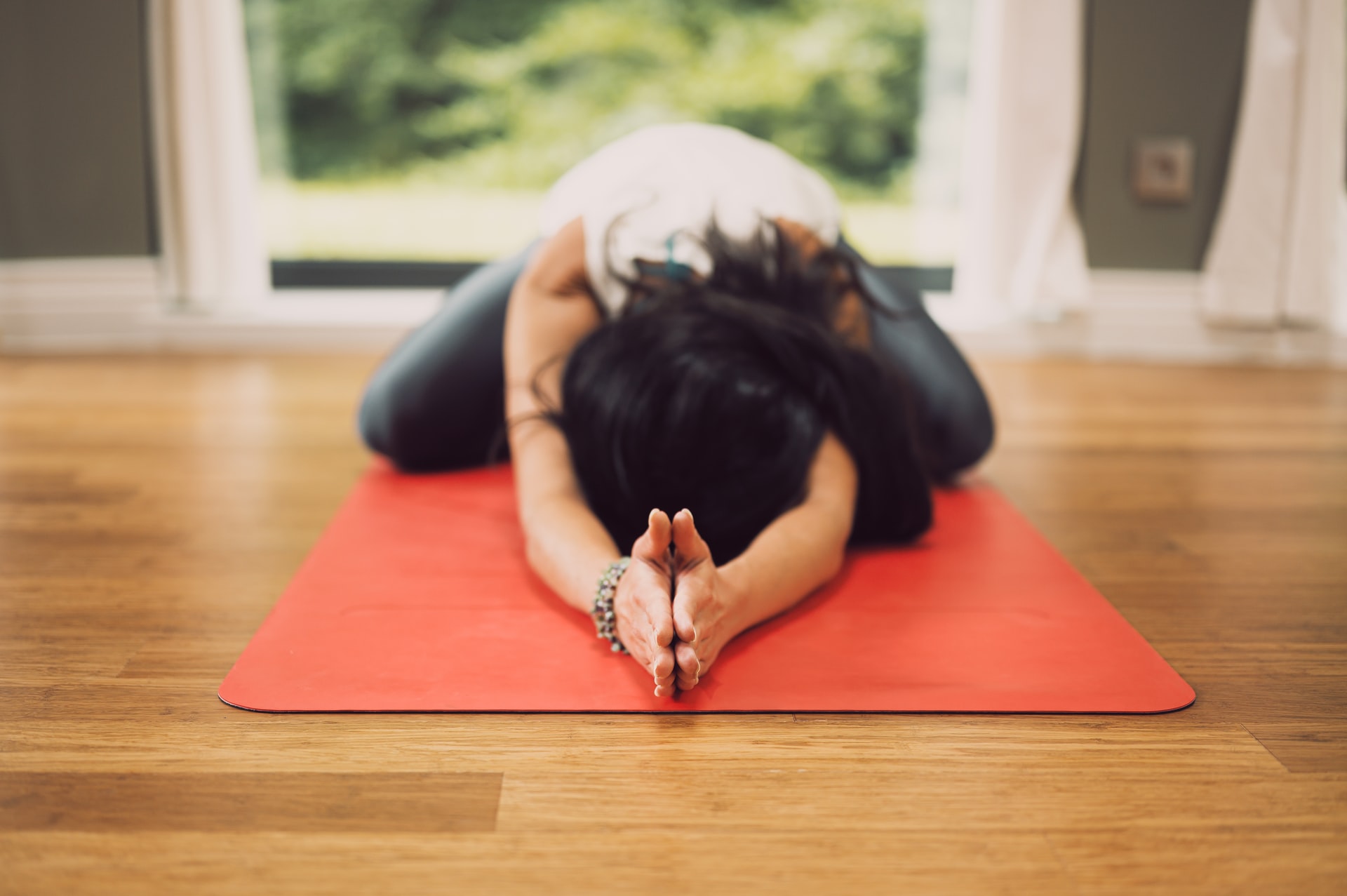
Child’s pose is often used as a resting pose and it is great for stretching and toning your hips, thighs, and ankles. This is a great yoga pose for relaxation and relieving stress.
- Begin on your hands and knees and spread your knees apart while keeping your big toes touching. If your hips are tight, you may choose to keep them closer together.
- Sit up straight, elongating your body, before bowing forwards and allowing your forehead to rest against the floor. If this is difficult, make use of a pillow or foam cushion for your forehead to rest upon. Let your chest rest between or upon your thighs.
- Extend your arms, letting them stretch as far away in front of you as possible. Keep your palms facing down,
- Aim to keep your backside in contact with your heels while you stretch outwards. If this is difficult, place a rolled towel, blanket, or pillow behind your knees.
- Breathe softly and hold the pose for up to a minute. When finished, use your outstretched arms to gently walk yourself back to an upright position.
Here are some yoga resources you might enjoy:
A guide to different types of yoga
Stay connected with news and updates!
Join my mailing list to receive the latest news and updates. Your information will not be shared.

